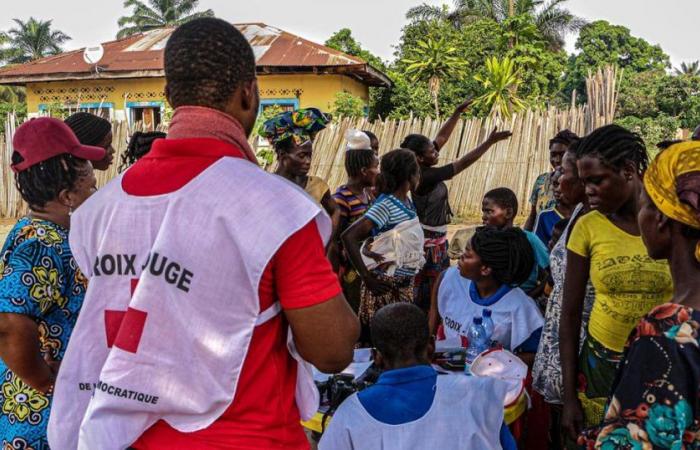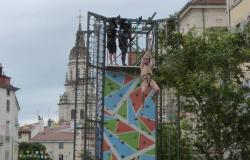The International Red Cross and Red Crescent Movement is a global humanitarian network of some 80 million members and volunteers dedicated to helping people facing disaster, armed conflict, health and social challenges. The Movement is comprised of the International Committee of the Red Cross (ICRC), the 191 National Red Cross and Red Crescent Societies and the International Federation of Red Cross and Red Crescent Societies.
The origins of the Movement date back to 1863, when Henry Dunant, a Swiss humanitarian, created the ICRC. After witnessing the horrors of the Battle of Solferino, Dunant advocated the creation, in peacetime, of relief committees (the future National Societies that we know today), with the aim of training volunteers to care for the wounded in times of war. This is how a genuine humanitarian movement was born, which gradually grew in size and developed a wide range of activities.
The components of the Movement – the ICRC, the International Federation and the National Societies – have distinct but closely linked and complementary mandates, and have their own capacities that they can make available to their Movement partners in order to assist the most vulnerable people.
In situations of armed conflict or internal strife, the ICRC coordinates the Movement’s protection and assistance activities in collaboration with local partners and in support of the National Society of the affected country, and ensures that international humanitarian law is respected and implemented. It works to protect and assist people affected by conflict through a variety of activities (providing health services, visiting detainees, reuniting separated families, etc.).
The International Federation is the umbrella organization of the 191 National Red Cross and Red Crescent Societies, through which it acts and operates. It is the guardian of the integrity of its members and the protector of their interests.
National Societies, which act as auxiliaries to the public authorities in the humanitarian field, respond to humanitarian crises and health emergencies, and provide assistance to vulnerable people in their respective countries. Each Society is present at the national level and also has a strong local presence in the communities of its country. When an international humanitarian intervention is organized, many of them provide support to the National Society of the recipient country.
The Movement’s distinctive emblems – the red cross and red crescent – are powerful symbols of protection and neutrality. They enable humanitarian workers to carry out their work in conflict zones in complete safety, providing life-saving assistance to those most in need. In addition to the red cross and red crescent, there is a third emblem, the red crystal, created in 2005 for countries that do not wish to use either the red cross or the red crescent for cultural or political reasons.
The International Red Cross and Red Crescent Movement relies heavily on the commitment and dedication of National Society volunteers, who generously give their time and energy to help vulnerable people and communities. They are involved in a variety of areas, from emergency response to health care, to community awareness and preparedness.
After more than 160 years of existence, the Movement remains more determined than ever to alleviate the suffering of victims of armed conflicts, natural disasters and other emergencies, without any distinction of nationality, religion or political affiliation.






